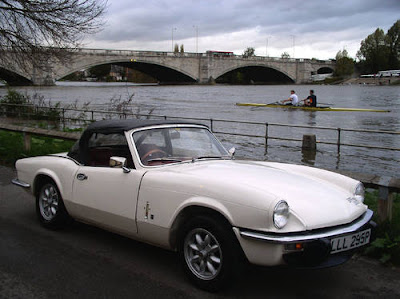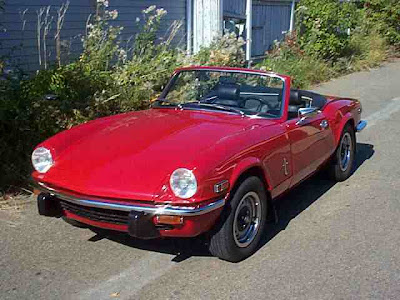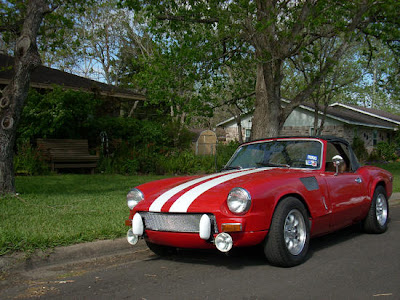
Triumph Spitfire Classic Cars - Spitfire Mark IIIPicture Of Triumph Spitfire Classic CarsThe Mark III, introduced in March 1967, was the first major facelift to the Spitfire. The front bumper was raised in response to new crash regulations, and although much of the bonnet pressing was carried over, the front end looked quite different. The rear lost the overriders from the bumper but gained reversing lights as standard (initially as two separate lights on either side of the number plate, latterly as a single light in a new unit above the number plate) the interior was improved again with a wood-veneer instrument surround. A folding hood replaced...













 12:07 PM
12:07 PM
 Goohara
Goohara















